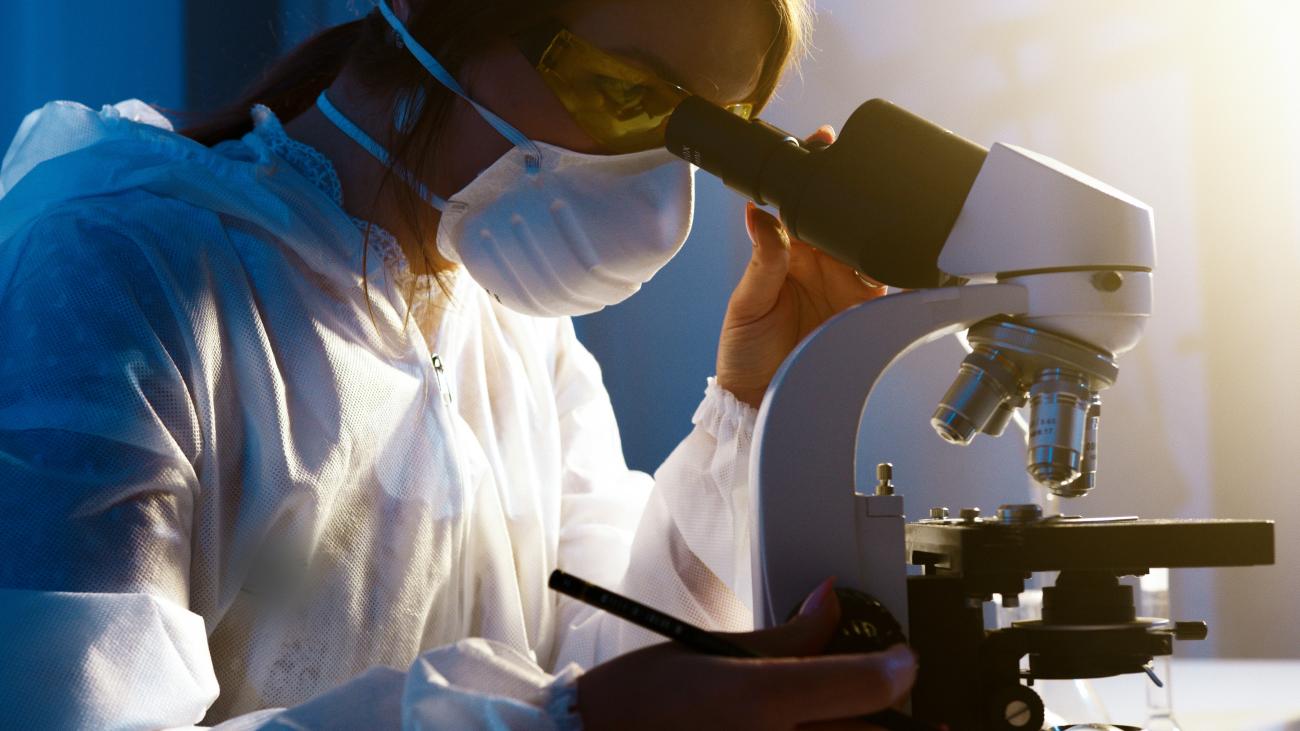Database providing access to the High Technology Network's industrial research offering: research competences, type of analyses and tests available at the Laboratories. Companies can consult the Catalogue to find Laboratories and researchers that match their needs.
Competence
Acquisition and pre-processing of signals for model identification
Analysis of standards and regulations: laws and guidelines for protected, biological raw material, and processing
Analysis of the physical, rheological, chemical, microbial, and sensorial properties during storage
Analytical tests for shelf-life characterization
Continuous-time and discrete-time mathematical modeling of systems and processes
Definition of product specifications and analytical methods of verification
Design of experiment (DoE) and Food Design to study interaction between formulation and process conditions
Design of new molecular markers for traceability of specific varietal components
Discrete events mathematical modeling of systems and processes
Evaluation of molecular transformations during food processing
Experimental studies of formulations and processes: use of bioactive components from out-streams or by-products
Finite element simulation (FEM)
Food traceability by evaluation of functional components
Food traceability by genetic analysis
Food traceability by spectroscopic techniques, NMR, proteomic and peptidomic methods for the identification of ingredients or contaminants
Formal languages for systems modeling (Unified Modeling Language-UML and SysML-System Modeling Language)
Genetic methods for varietal identification
Identification of models and parameters estimation
Improvement of process efficiency for saving direct and indirect costs
Infinite-dimensional mathematical modeling of systems
Input-output correlations to assess operational parameters
Lab trails and scale-up to pilot plants of experimental production diagrams; check of the physical, chemical and sensorial characteristics
Methods for the specific and varietal identification based on single components within blends
Microbial kinetics during food storage
Modeling of the collision of bodies in mechanical systems
Molecular characterization of DNA, protein, peptides and metabolites
Monitoring of chemical, physical, and biochemical characteristics (enzymatic activity and kinetics) during storage
Non-conventional thermal and non-thermal technologies for product stabilization, extraction, and conservation
Non-parametric modeling (neural networks, etc.)
Numerical simulation to define process-product interaction
On-line product control feasibility for process optimization
Operator practical training for process control and lab tests
Optimization of processing conditions by desing of experiments (DoE) for product development
Product processing design: algorithms for automatic predictive control
Production flow chart, raw material HACCP and QFD, formulation, packaging and conservation conditions
Regulation on GMOs and labelling
Simulation for discrete events models
Simulation for dynamic continuous-time and discrete-time models
Software and internet services supporting traceability and monitoring quali-quantitative productions in agro-food
Statistical control of the process

